Ever since I got into retro consoles modding and gaming scene, I’ve seen many discussions about recapping these old consoles.
People go back and forth arguing if capacitor replacement (recapping) is necessary or not, good practice or gimmick, when to do it, how to do it, etc… therefore, I decided to write a comprehensive guide on the subject.
Table of contents:
- Complete video tutorial
- What is "recapping"?
- Why do we recap old electronics?
- Which capacitors should be replaced?
- When to replace a capacitor?
- Quick primer on capacitor types
- Capacitor brands
- Capacitor specifications
- Common recapping mistakes
- What about using polymer capacitors?
- Tools
- Desoldering methods
- Closure
Complete video tutorial
Before reading this article, I suggest completely watching its dedicated video first.
What is “recapping”?
Most likely you know what it is by being here, but still we need to define it. Recapping is the process of removing old capacitors on a board and replace them with new ones. Simple as that.
Still, not so simple because we need to know which capacitors to remove and which to buy, as well as the tools, best practices, mistakes, etc… so keep reading.
Why do we recap old electronics?
Old electronics boards (say +10 years, definitely +20 years) have old capacitors, old capacitors degrade over time and when they degrade enough they will introduce issues.
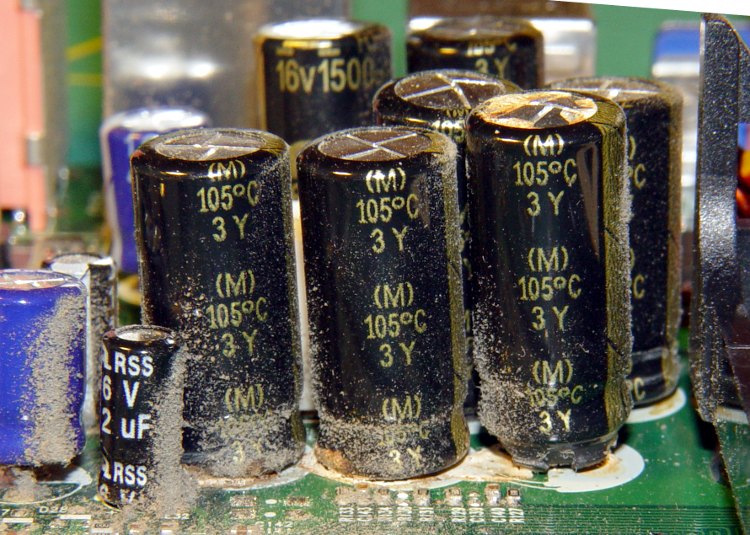
By issues we mean many things from non-important to very critical. The capacitor specs like ESR will change for example which may or may not affect the circuit, and over time it will start to leak its internal liquids on the board which will cause corrosion and will physically damage the board. Leakage and corrosion is the main issue we are trying to avoid by recapping.
Which capacitors should be replaced?
Simply put: Electrolytic capacitors. Because the construction of these capacitors rely on having a liquid electrolyte inside, and this liquid will start to leak out of the capacitor especially with heat.
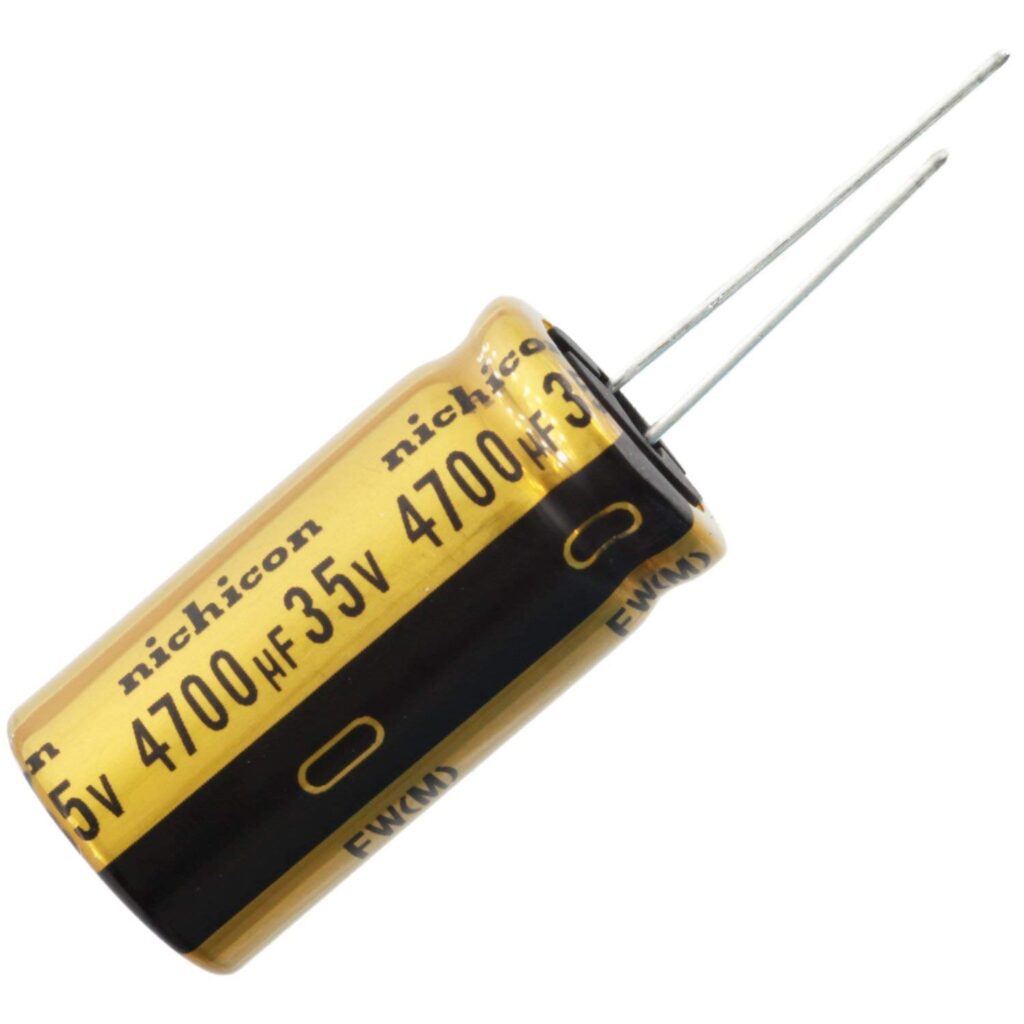
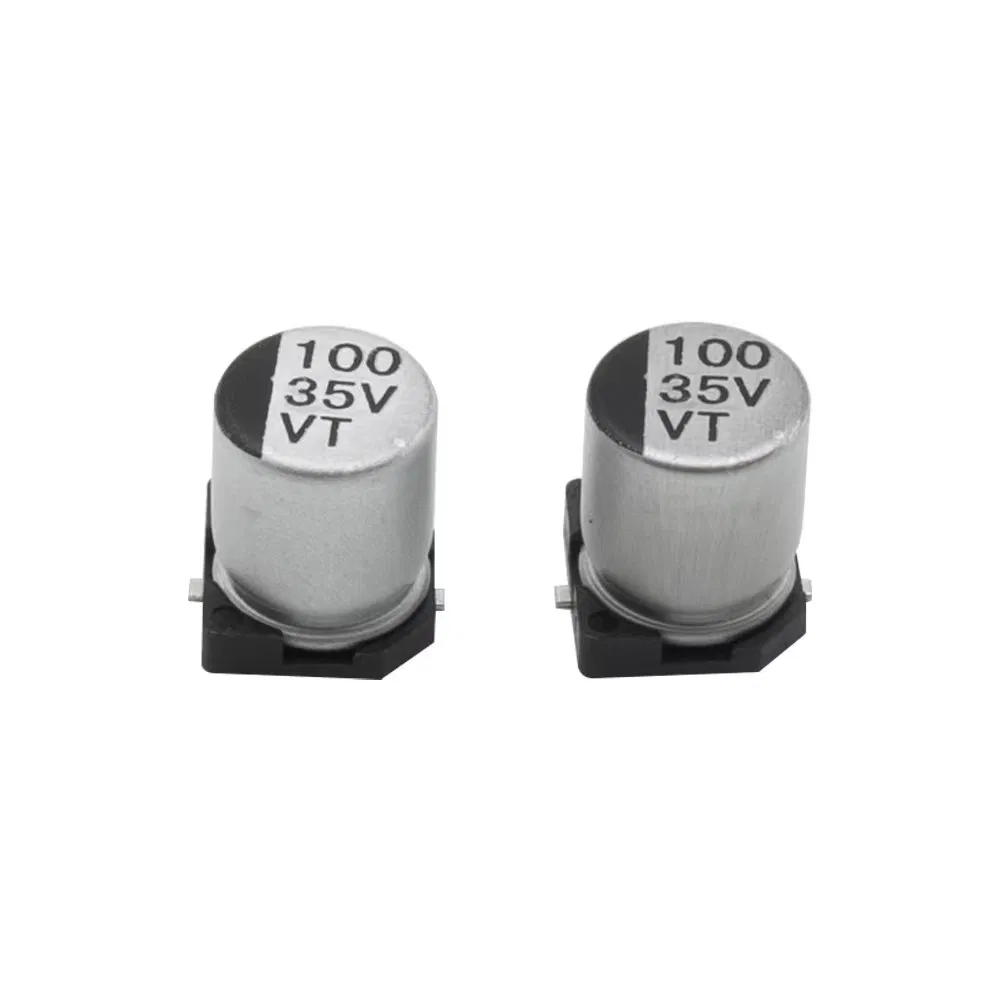
On the other hand, other capacitors like ceramic, polymer, and tantalum caps do not have liquid inside but rather solid materials which do not leak or evaporate, therefore do not need replacement.
All said above is true in normal sane operating conditions of course. Meaning if you drop the board or something hit it hard and caused a polymer capacitor to be physically damaged then that cap must be replaced. Also, when excessive heat is on the board near those caps, it will degrade them very fast.
When to replace a capacitor?
There are several factors to decide to replace a capacitor, they are:
1- Age: this is the primary reason why you should consider replacing an electrolytic capacitor. Because it degrades over time and sometimes you do not see anything on the outside that tells you it is bad or about to become bad. You can say that 20 plus years is the time you should recap your device, certainly not 5 years.
2- Bulging: when the electrolyte liquid is heated and wants to evaporate and leak, it pushes the capacitor’s aluminum shell which causes it to bulge just before its valve breaks and lets the liquid out.
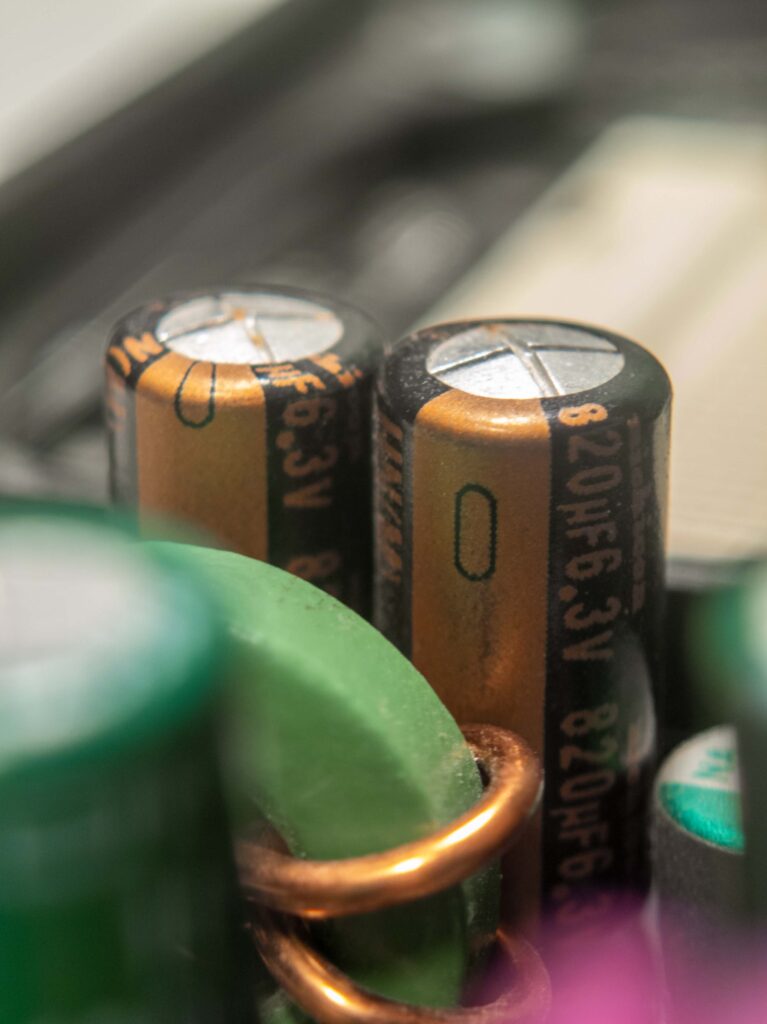
3- Actual leakage: too late to the party, it is already bad that its liquid leaked.
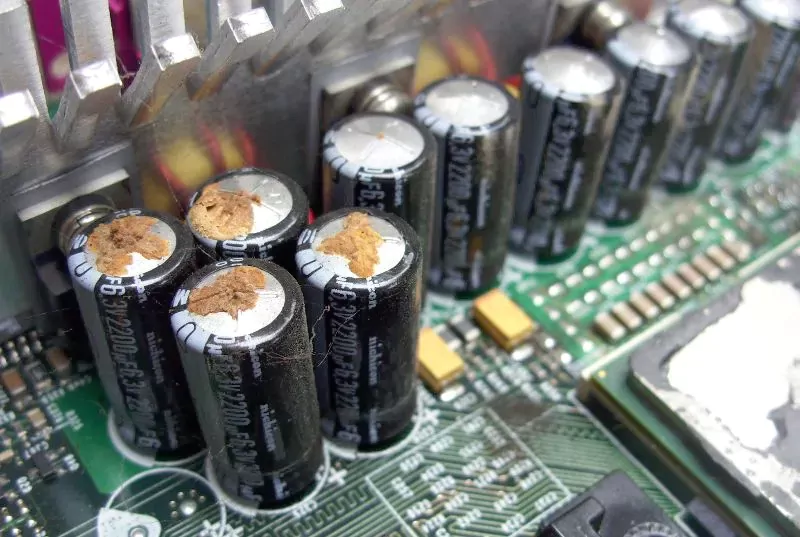
4- Very bad working conditions: even after some years like 5-10 years, the cap can go bad if the cap is installed in a very bad situation like next to a heat source which will heat the cap rapidly and makes it die before its supposed lifetime ends.
Quick primer on capacitor types
There are many types of capacitors but the most famous ones are ceramic, electrolytic, polymer, and tantalum. When you work on a board you will most certainly find those especially ceramics and electrolytics. Check these out here:
Ceramic capacitors: very robust, small footprint, and deliver excellent performance on high frequency circuit and pretty much everything else. they are solid from inside and do not need to be replaced. Despite having very low ESR, they suffer from DC bias which means their capacitance value is not stable but rather changes with voltage. The more the applied voltage the less the capacitance become.
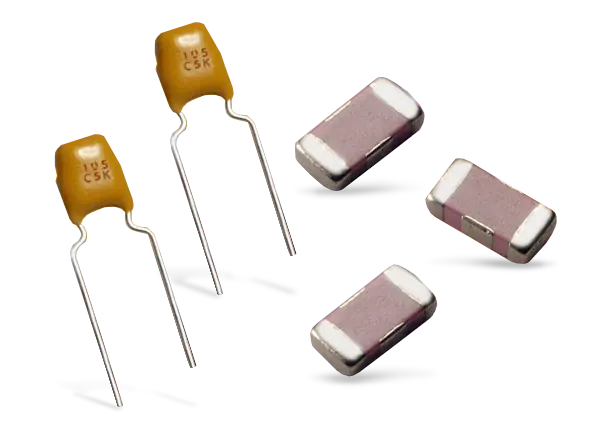
Electrolytic capacitors: come in cylindrical shapes and has internal fluid as electrolyte which will dry out or leak over time, hence the need to be replaced. Their advantage is tolerance of very high voltages, no DC bias, and very diverse capacitance values, as well as cheap prices. However, they have high ESR and they will degrade fast due to the liquid as mentioned.
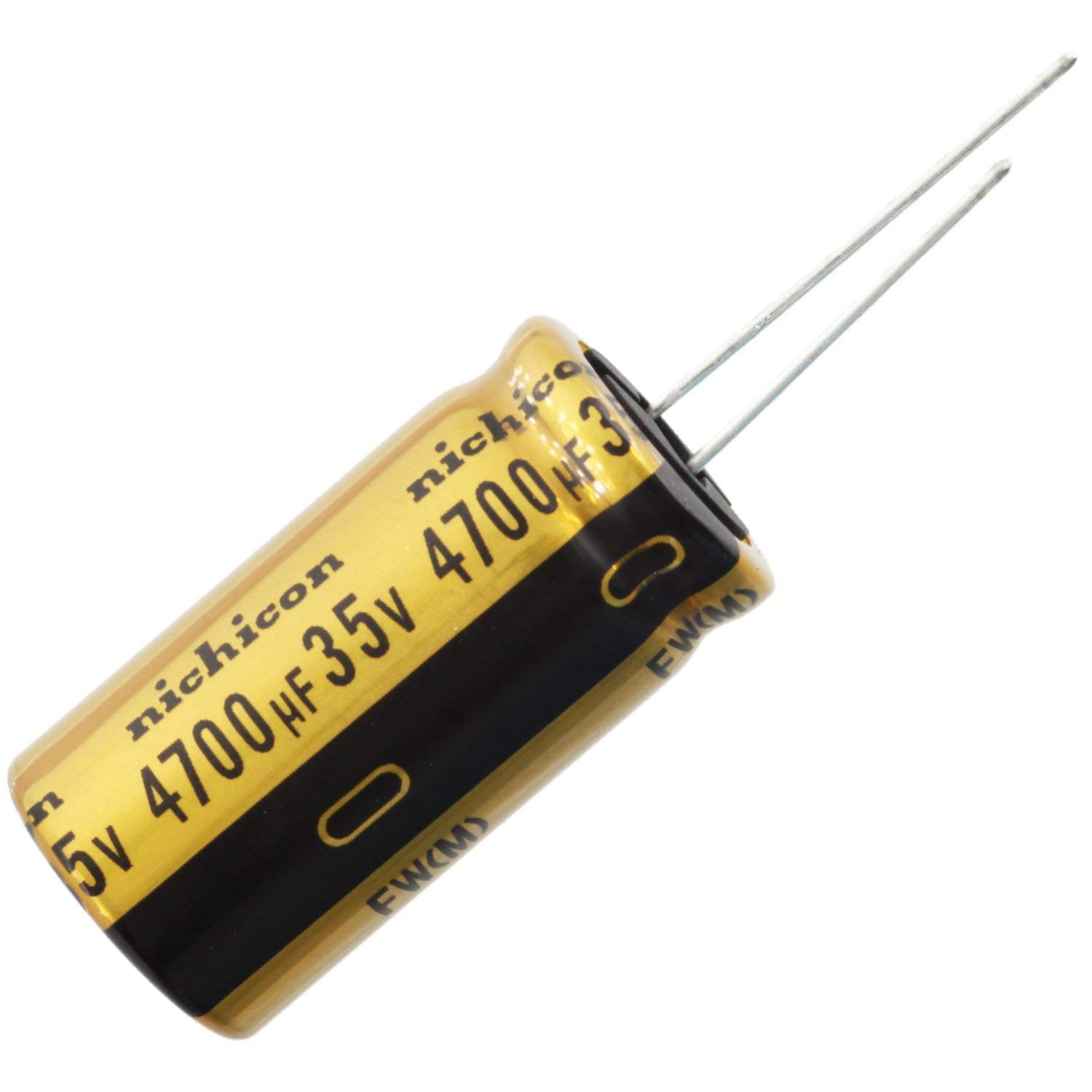
Polymer capacitors: made internally from solid polymer, they are very robust and reliable. They have very low ESR thus can tolerate much current ripple, and very stable capacitance value, but they are more expensive. They are considered as modern replacement for ceramics and electrolytics when can fit.
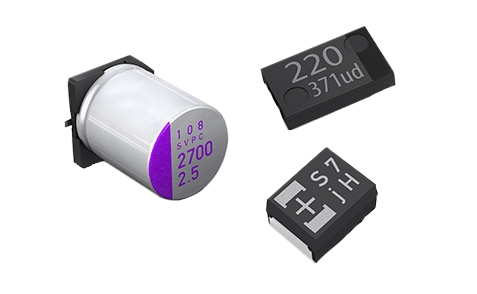
Tantalum: similar to polymers, can come with very small footprints. Have stable capacitance and performance, but when they fail they explode.
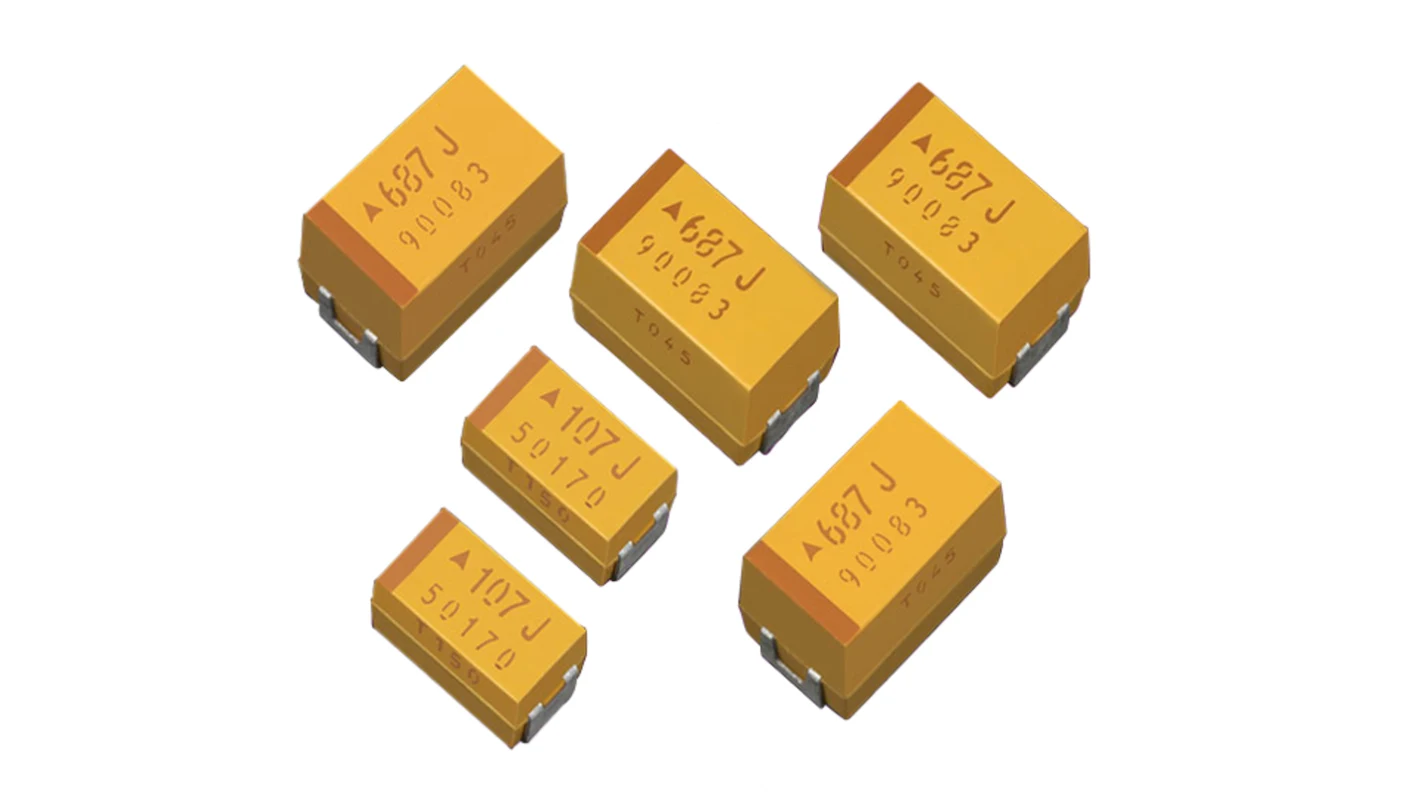
Capacitor brands
When making a purchase, always go for the best especially for recapping an old expensive device. I divided the caps to several tiers as below:
Best: such as Japanese capacitors like Nichicon, Rubycon, Nippon-Chemicon, and Panasonic. Also other USA and European brands are good like Kemet, Wurth, and Vishay.
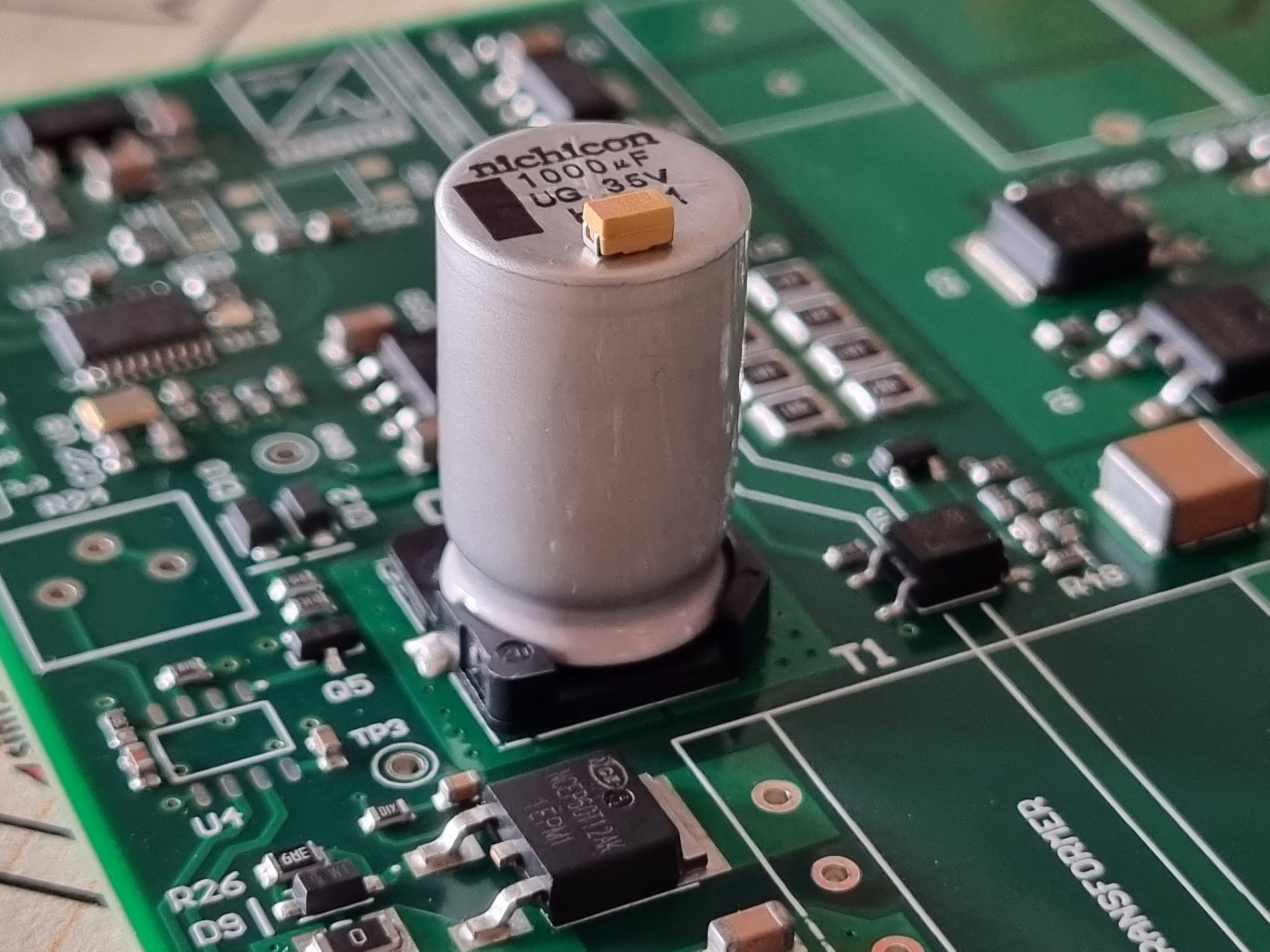
However, generally Japanese caps are considered best of the best. Some of those Japanese caps were found to be in good condition even after 30-40 years which tells their true quality.
Good: these are good and reliable caps but not as good as best tier. Here you can find manufacturers from Taiwan like Lelon, and South Korea like SamYoung. These did not get the huge track record in the industry like best tier but still reliable and tested even inside high end modern products.
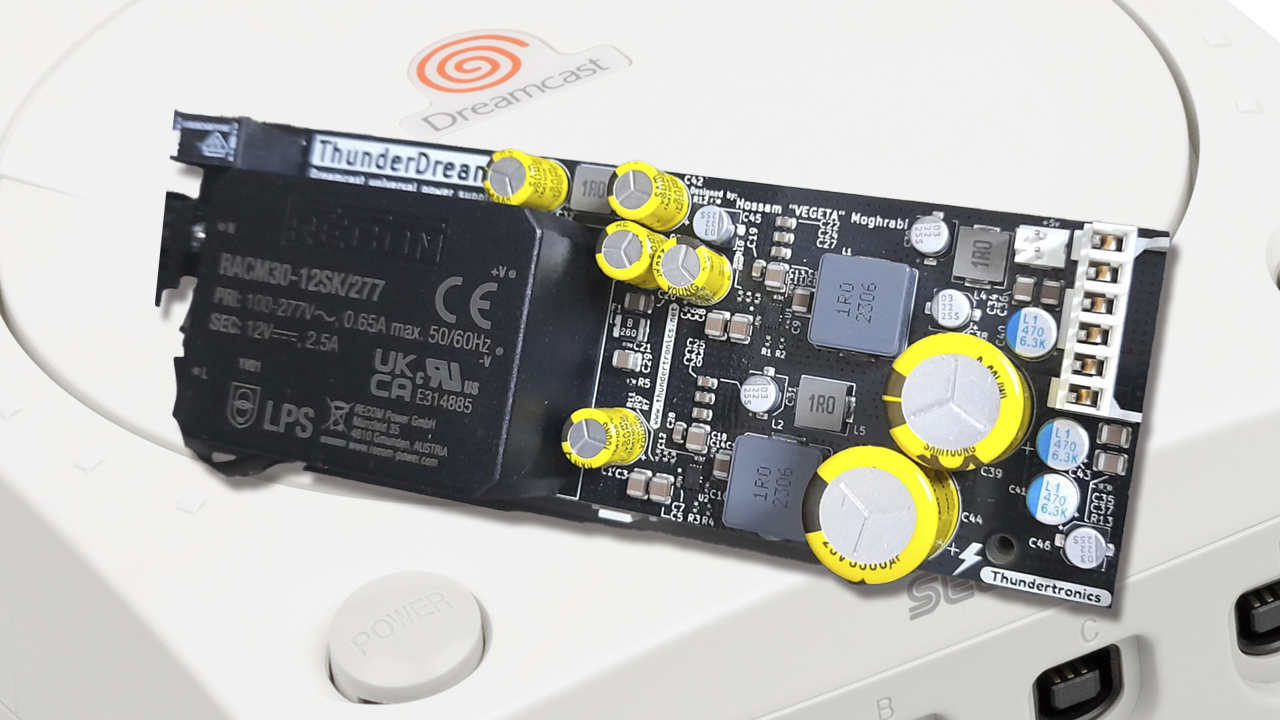
Bad: Anything Chinese, especially no-name-brand ones.
You know by now that you must go for best tier caps unless you are on a very tight budget and can’t wait or delay, which you go to good tier but NEVER bad tier.
Another advise is to NEVER BUY CAPS FROM CHINA, especially from Aliexpress and such marketplaces even if they tell you they are genuine Rubycon caps or even if the picture shows it! Those easily put a Rubycon label on a bad cap and sell it. Adding to that is Ebay and other sites where you can’t guarantee the seller. Buy from Digikey or Mouser, and for dedicated communities like retro gaming community you can find dedicated sites which sells cap kits like Console5 which are already assorted for your specific device.
Capacitor specifications
The cap has several specs which is always good to know for general repair work so you can make the correct choice:
Capacitance value: most important spec, it is the value of this capacitor like 10uF.
Rated voltage: also very important which is the maximum voltage the capacitor can tolerate.
ESR\ESL: equivalent series resistance and equivalent series inductance. Namely the internal resistance of the capacitor, the less the better.
Lifetime and temperature: you may see “1000 hours @ 105 degrees” in a capacitor datasheet, this is the lifetime spec which means this cap if put in a board which is 105 degrees of temperature at full load, it can work fine for 1000 hours.
Meaning, if you let it work at lower degrees it will last for a lot more hours. The higher rating the better and more robust, but also more expensive and can be bigger size.
Polarity: some capacitors are polarized like electrolytics and polymers and some are not like ceramics.
Footprint: the footprint is the physical shape of the capacitor and its intended place shape/dimensions on the board.
Here are the rules we conclude from the specs when we need to replace a capacitor:
1- Get the exact same capacitance value: This ensures the circuit working as it expects, with rare exceptions like power supply filtering caps where you have the room to increase the capacitance to enhance ripple filtration while not affecting the circuit.
2- Get the same voltage or higher: if you put an electrolytic cap which is rated for 6.3v at a 12v line, it will explode. Which means you must get a 16v rated one, but you can get 25v or even 50 or 63v rated one. Usually, the bigger the voltage spec the more robust the capacitor is.
3- Make sure the footprint is correct: having an incompatible capacitor with the board footprint is a rookie mistake still being done by pros. Especially getting the wrong pitch (distance between capacitor legs) of through hole capacitors.
4- Get the highest lifetime rating: every manufacturer has his “long life” labelled capacitor series which promises 5000-10000 or more hours @ 105 degrees or similar, compared to regular 1000-2000 hours ones. Get the long life ones without thinking.
Common recapping mistakes
I will list the common ones, please avoid them at all costs.
1- Non-flush installation: when you install a through hole capacitor but did not push it all the way to the board. This can stress the solder joints and the capacitor leads and their seal, which will accelerate the degradation. Also, will increase ESR and ESL which is always a bad thing.
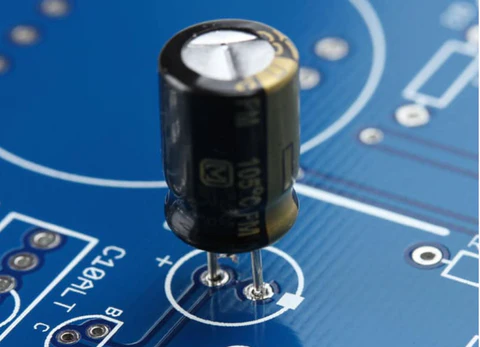
2- Wrong footprint and form: meaning a through hole capacitor in place of a surface mount one. This will stress the pads, solder joints, leads, leads seal, and increase ESR. Can make the cap take more space than needed which can create fitting problem, as well as if it leaks it will leak on multiple places.
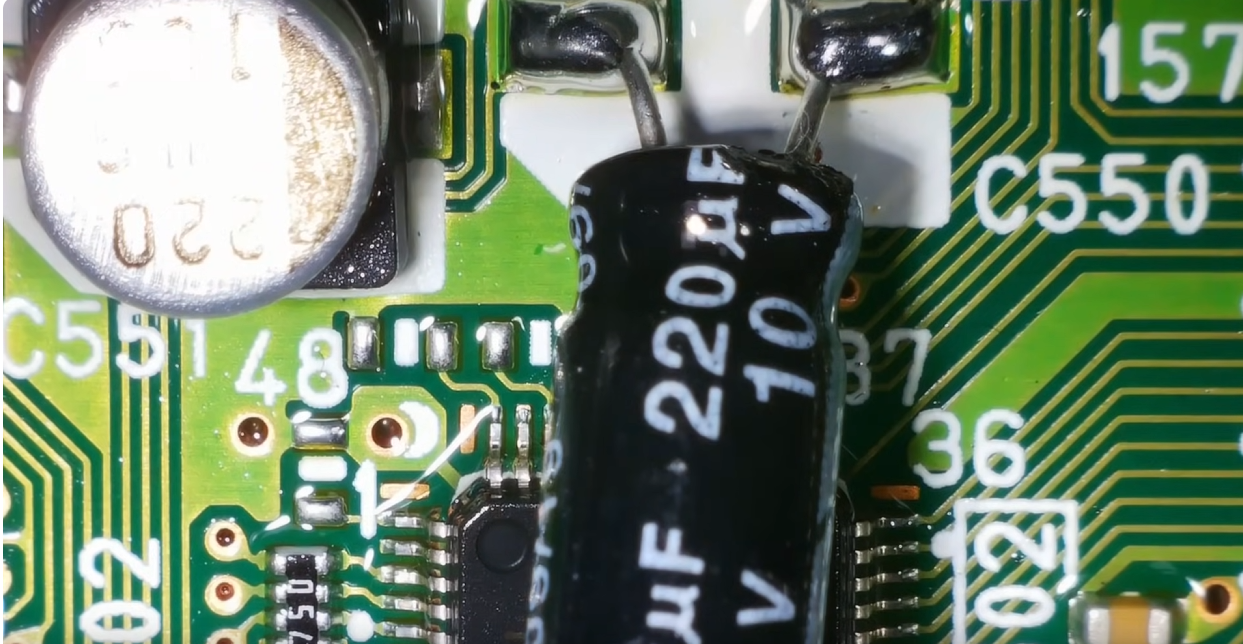
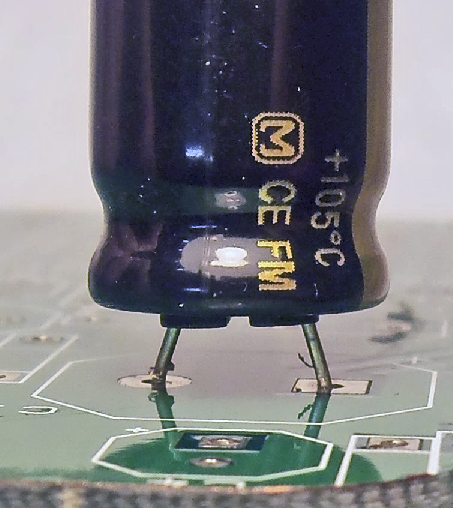
3- Ceramic capacitor instead of electrolytic one: this can be a good thing if done correctly but mostly it is not, simply because of DC bias. If the circuit expects 10uF at 12v, a ceramic capacitor will have roughly 1-2uF only which will cause problems. Also, too little ESR of ceramics can potentially cause instability in some circuits.
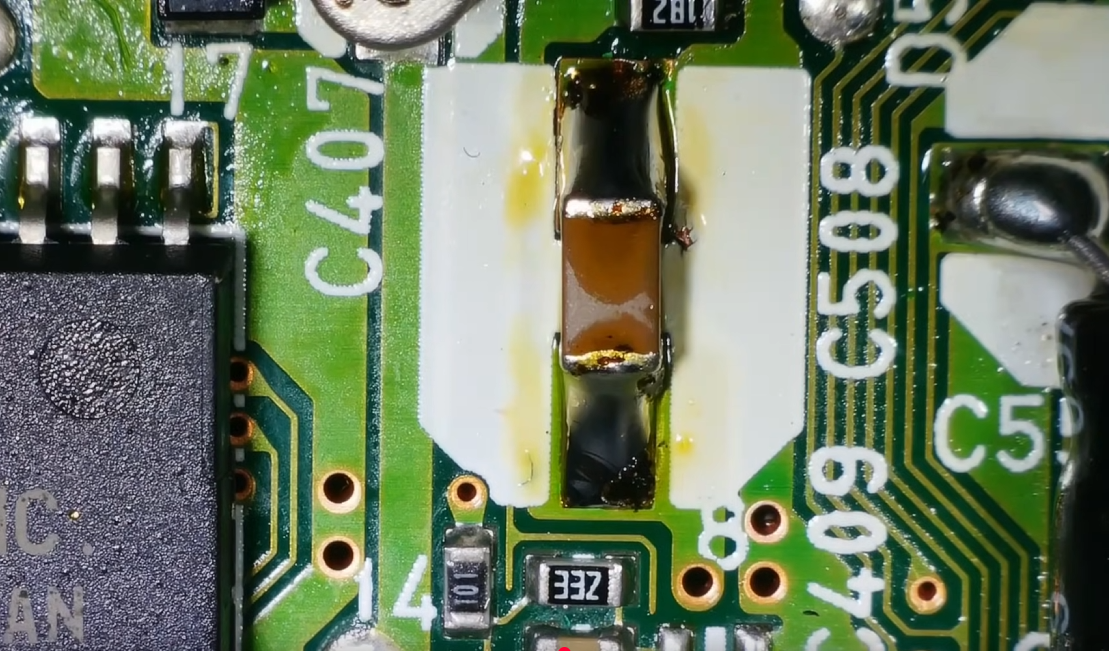
4- Dirty pad: when you desolder the cap, make sure you clean thoroughly before soldering a new cap. Some people do not do that, and it results in the corrosive liquid and dirty flux get combined with new solder which will damage the pad over time.
What about using polymer capacitors?
This is actually a better choice here since it has all ceramic capacitor goodness like low ESR and solid construction from inside, as well as it does not have its flaws like DC bias.
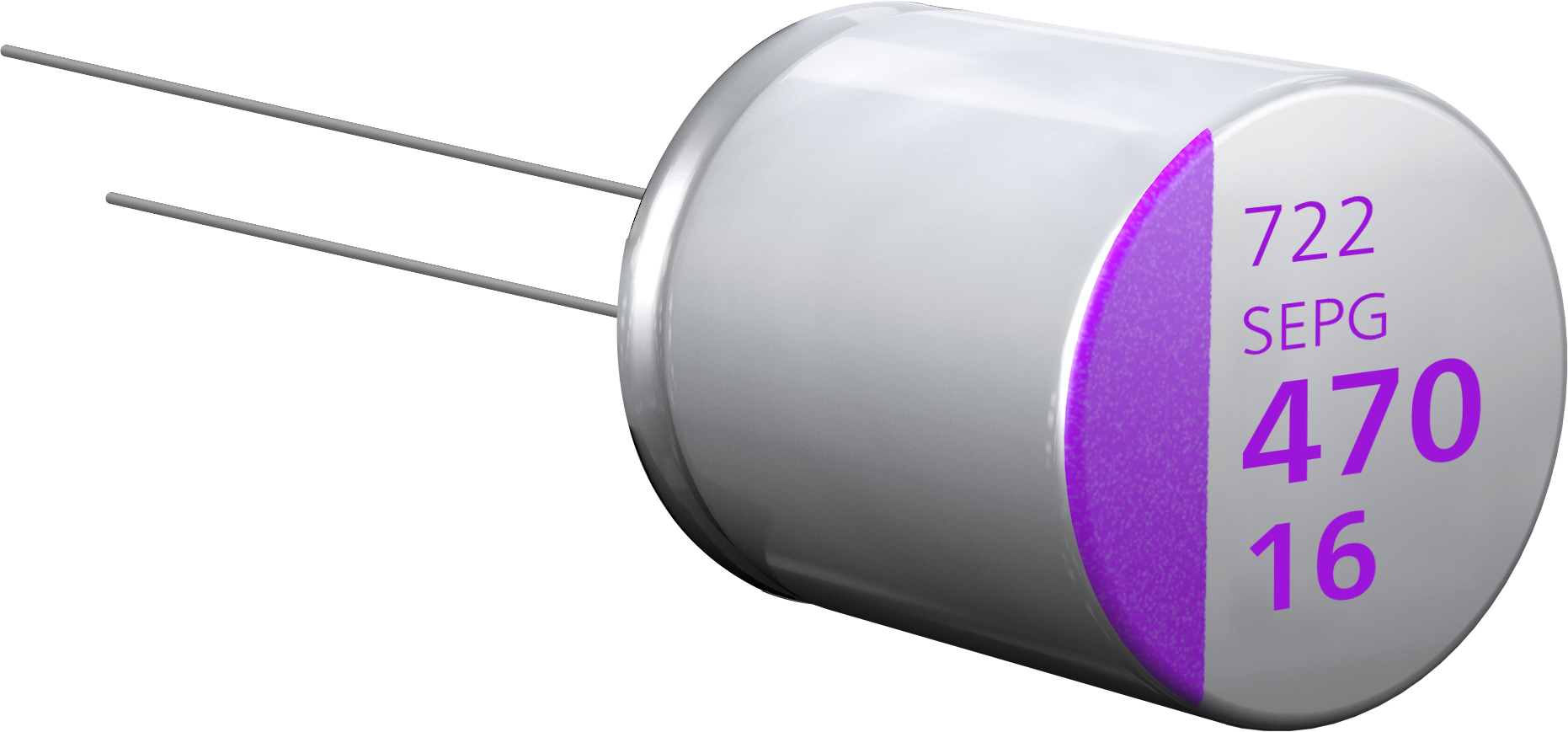
However, as mentioned earlier, some circuits – especially the old ones – relies on having a certain amount of ESR available. So when using a modern polymer with very low ESR, the circuit can get glitchy or even fail.
On the other hand, when this is not the issue, then having a polymer instead of electrolytic is the sane and objectively better choice.
Here is a quick comparison table:
| Feature |
Electrolytic Capacitor | Polymer Capacitor |
| Electrolyte | Liquid | Solid Polymer * |
| ESR | Higher | Lower |
| Ripple Current Handling | Lower | Higher |
| Lifespan | Shorter | Longer |
| Voltage rating | Higher | Lower |
| High frequency performance | Worse | Better |
| Cost | Lower | Higher |
* There is the Hybrid polymer which has both solid and liquid electrolyte inside, this is not recommended over regular solid polymer due to the fact that it has liquid inside. However, it is a high reliability part and sometimes you may find one for higher voltage where regular polymer caps do not offer any options.
How can we know when to use a polymer or when not to?
It is by testing. Since different circuits behave differently, one needs to test on case-by-case basis and verify, then publish and share the result.
Tools
Ok, so now we need to get started! basically we need desoldering tools and soldering tools, plus some handy stuff here and there. Here is my breakdown and recommended tools:
Desoldering station or gun
An essential tool for every electronics guy. Fortunately, we have different options now, some are cheap and reliable. Here are my recommendations:
ZD-915 (140$): made by different Chinese companies which guarantees low price. I used this one and it is good enough for most jobs.
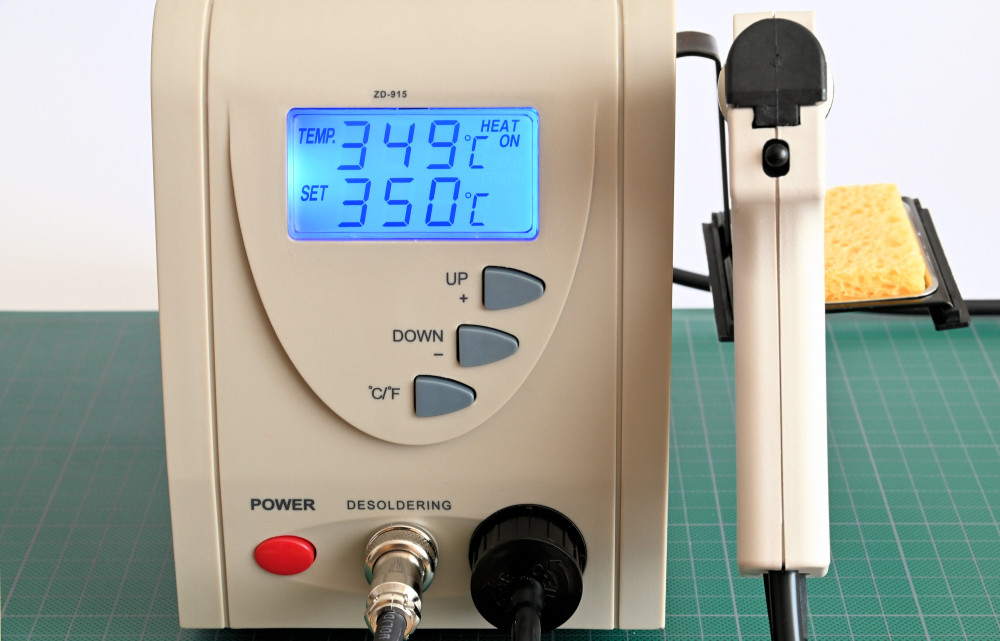
Many similar tools available from Yihua and Pro’s Kit to name a few, but all basically the same.
Hakko FR-301 (330$): a really high quality and highly capable tool, this is considered a good upgrade from ZD-915.
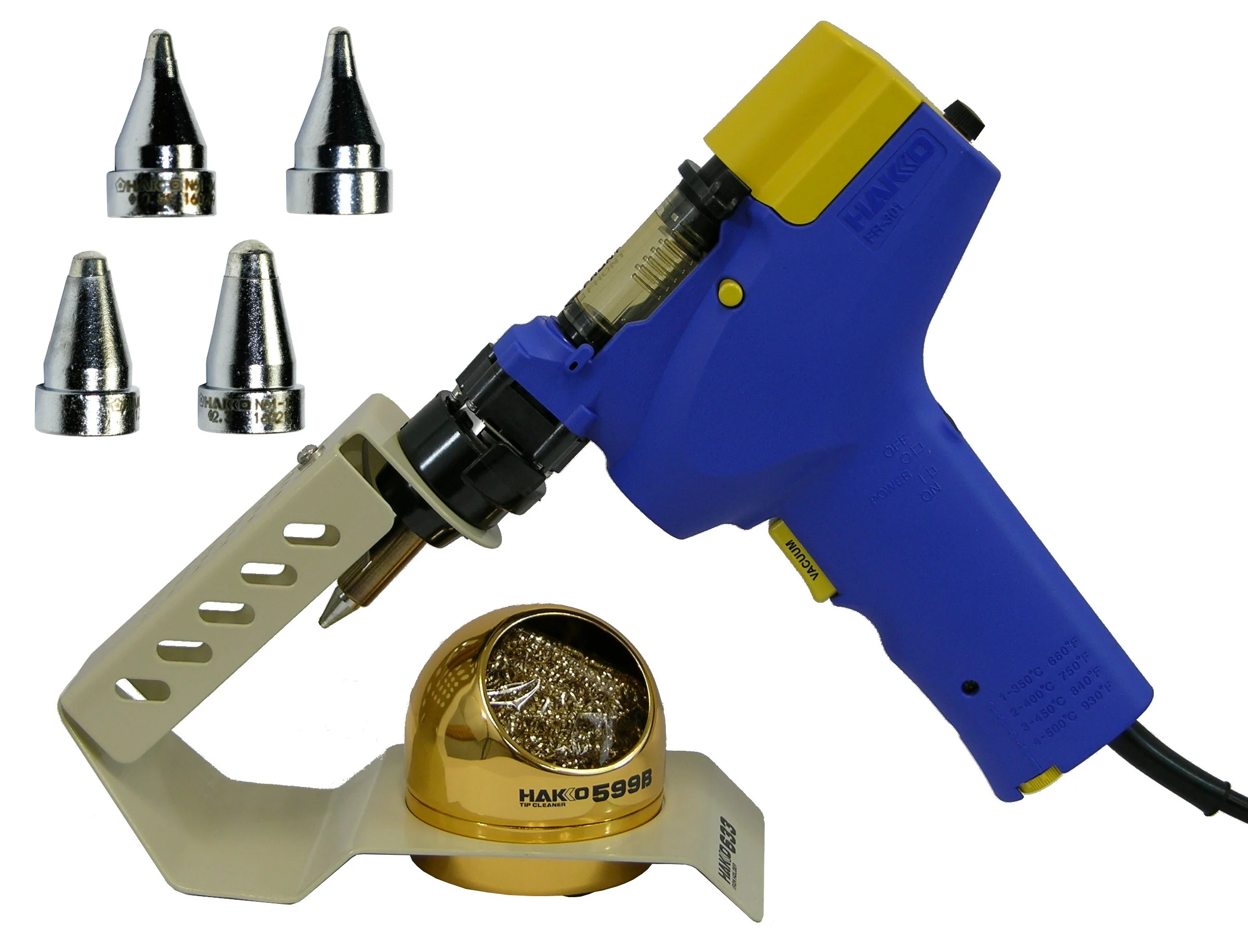
This will be a huge investment but certainly worth it. Does not have a station but rather all built in which saves space.
S-993A (130$): similar to FR-301 but at 30% the price. Made by several Chinese factories like ZD-915.
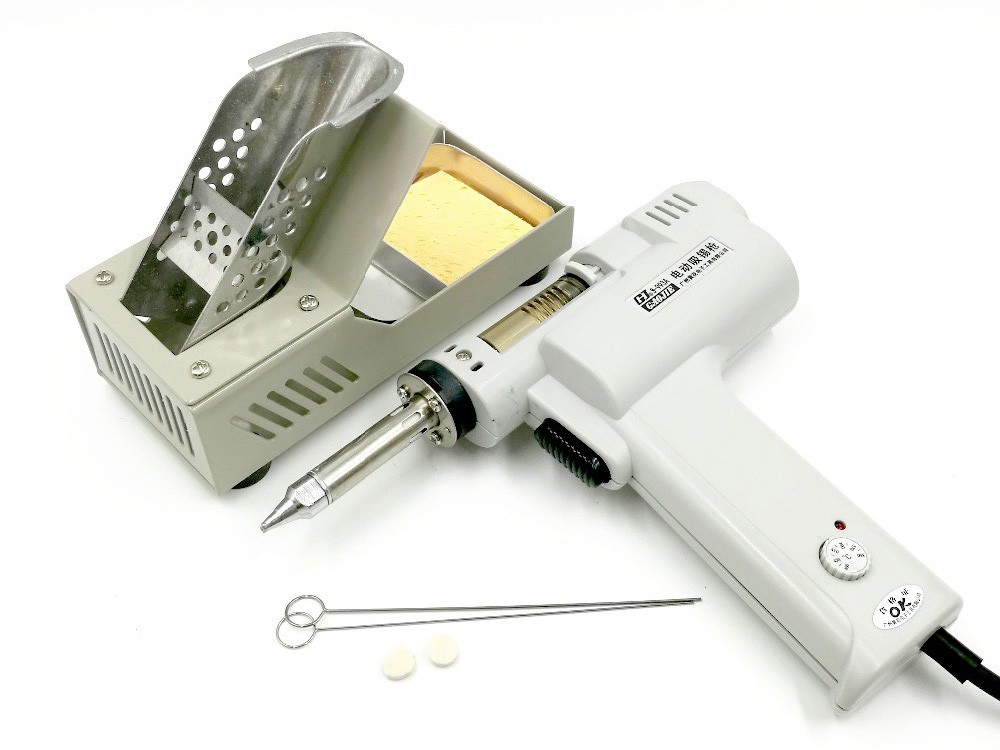
I did not try this one but you can expect it to be similar to ZD-915 but I think the later is better due to having a separate station. I could not find a 220v version of it, which was my reason to get ZD-915.
Hot air station
Not entirely essential but they became so cheap that it is a no brainer to get one today. Here are some notable choices:
Atten 858D or its clones (40-60$): the 858D is very famous and clone by almost everyone. Prices for these vary but generally 60$ is most common. Performance is really good for the price, and for replacing capacitors it is more than enough.
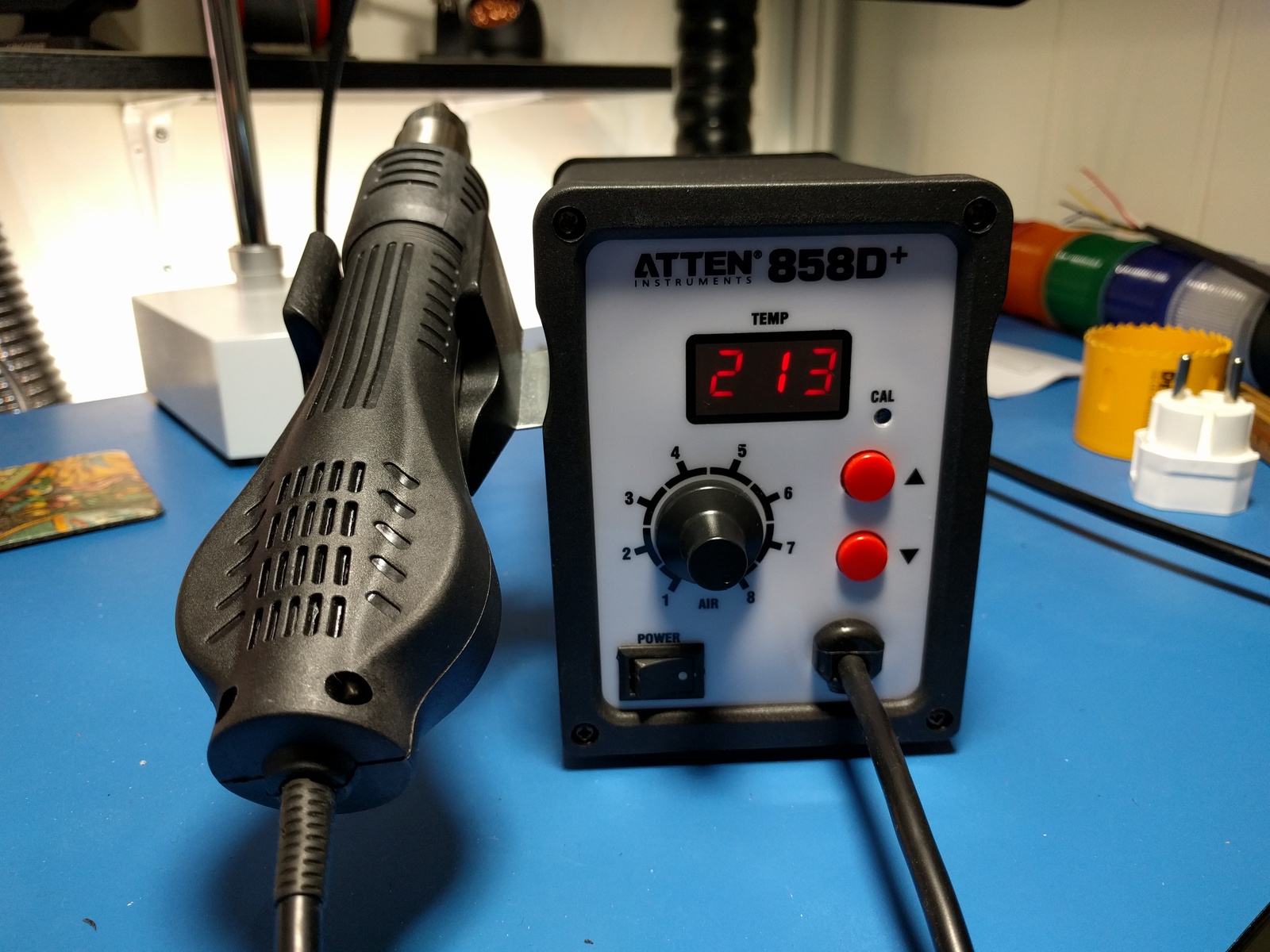
You may find the older “858” without “D” model which is analog, or some upgraded models from other makers like Yihua 859D. Basically all going to deliver the same experience and I recommend getting one.
Quick 861DW (300$): a huge upgrade from 858 ones which delivers optimum performance, but it is very expensive and an over-kill for mere capacitor replacement needs.
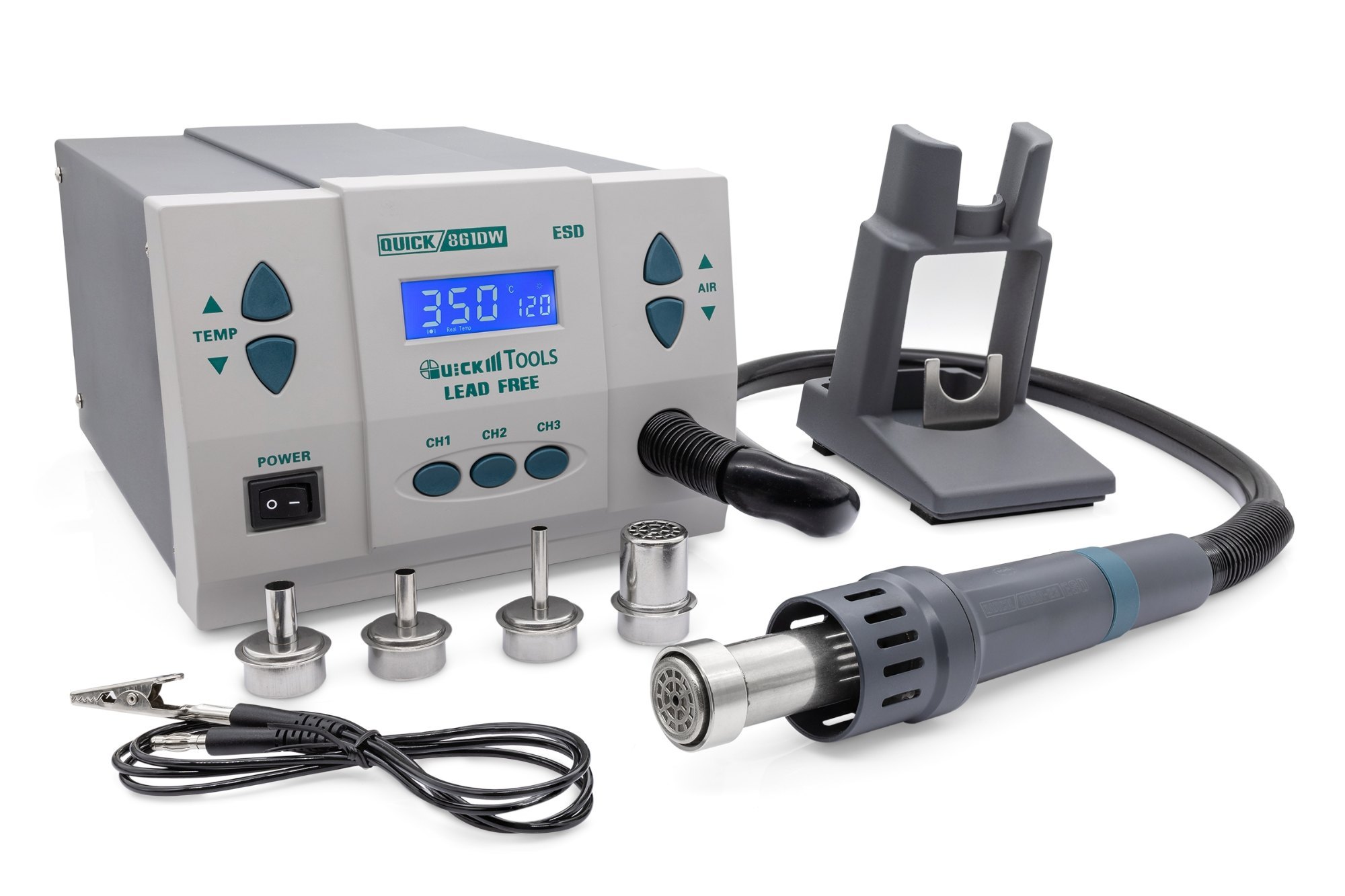
Atten ST-8800D (70-90$): looks like this is the sequel to 858D from Atten and it looks fantastic, 800W of power is massive and should be the go-to choice for anyone interested in upgrading over 858D without spending much.
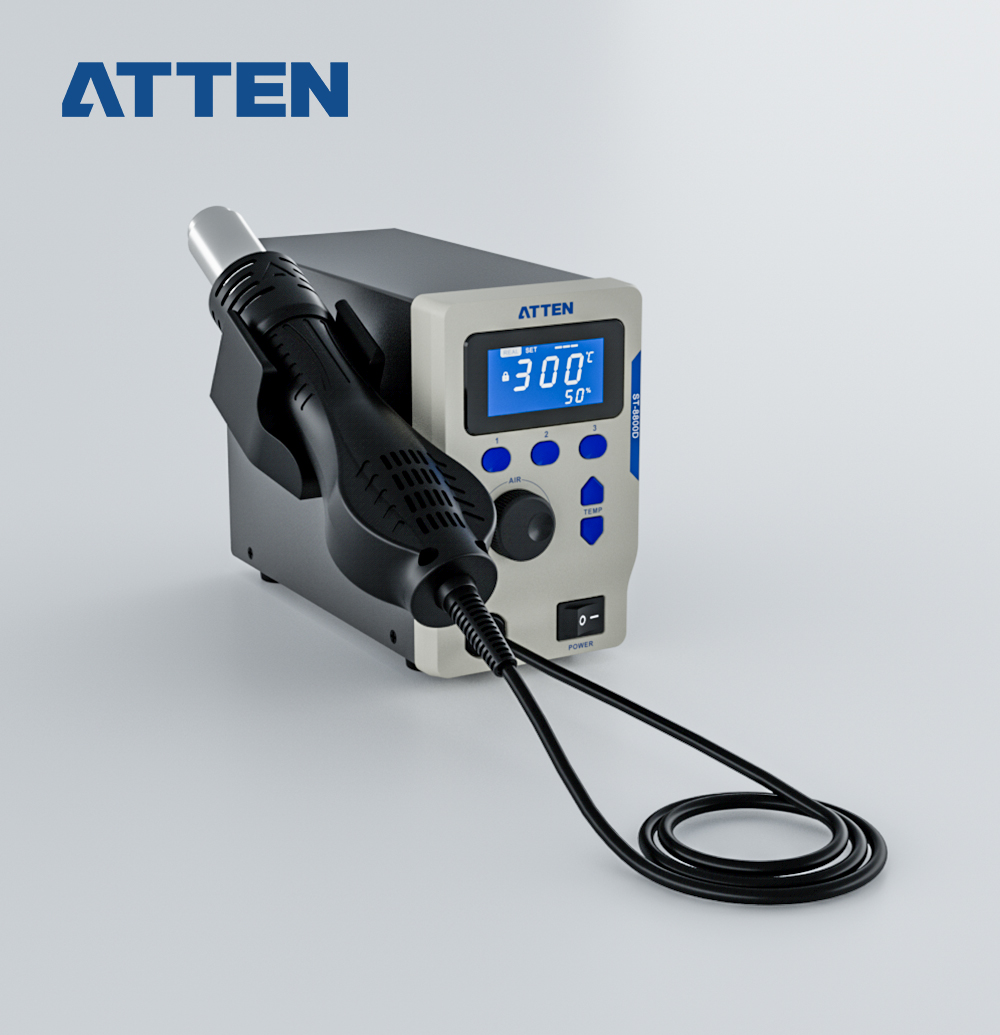
Atten ST-862D (135$): and in case you wanted 1000W from Atten, here you have this one. It gets good reviews and its price is so low but I feel like ST-8800D is a better choice to our needs here.
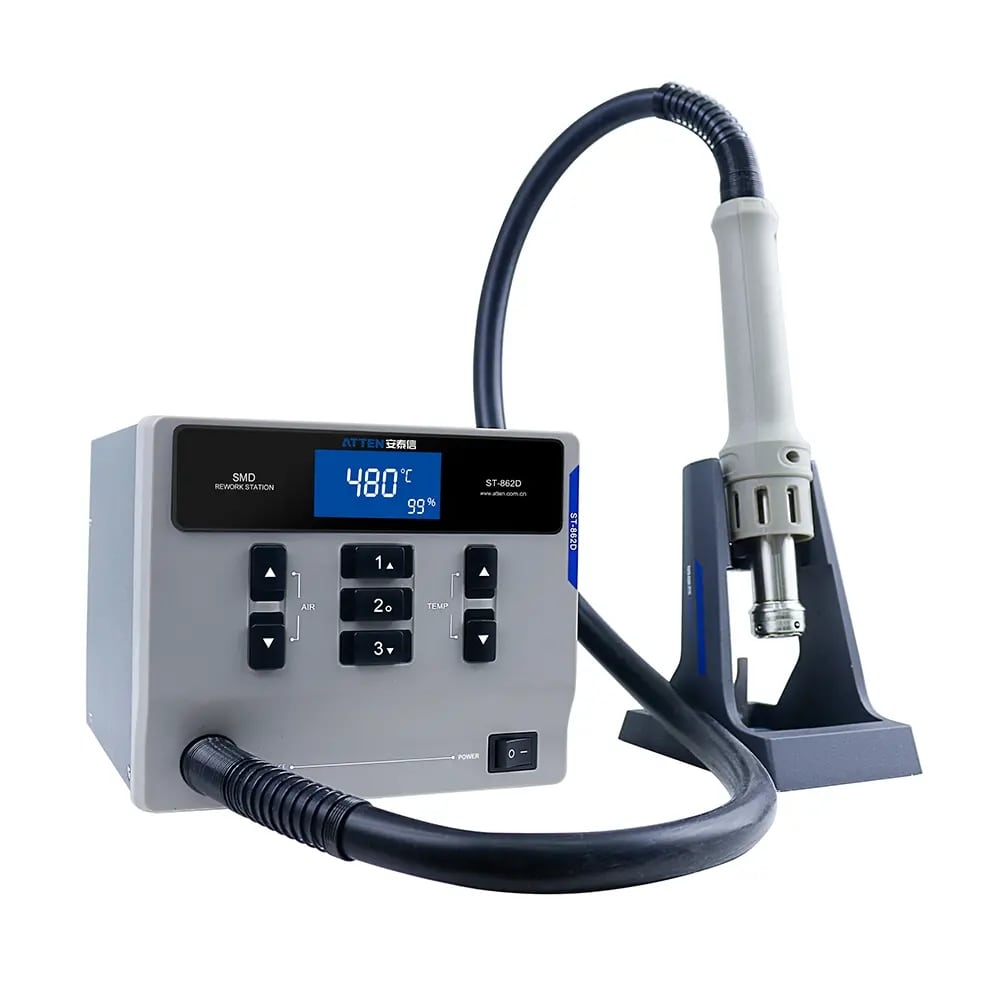
Which to avoid though? well, avoid the ones which do not have a station but rather directly plugs into the wall, those are bad and mostly do not offer variable temperature and air flow controls as well as bad safety. Forget about these USB and battery powered ones as well. Get the ones I listed above.
Soldering station
Most essential tools in electronics, no need to tell you why. What I need to tell you though is which ones to buy and which to overlook.
Basically get a station type one which has a separate station and a separate “hand piece”, these have variable temperature and various tips types. Check the recommended ones below:
Hakko FX-888DX (120$): it is the newer upgraded version of the famous FX-888D which itself is the digital version of the analog FX-888. Highly recommend this one which delivers 100W of power in a small and robust form factor, and excellent quality.
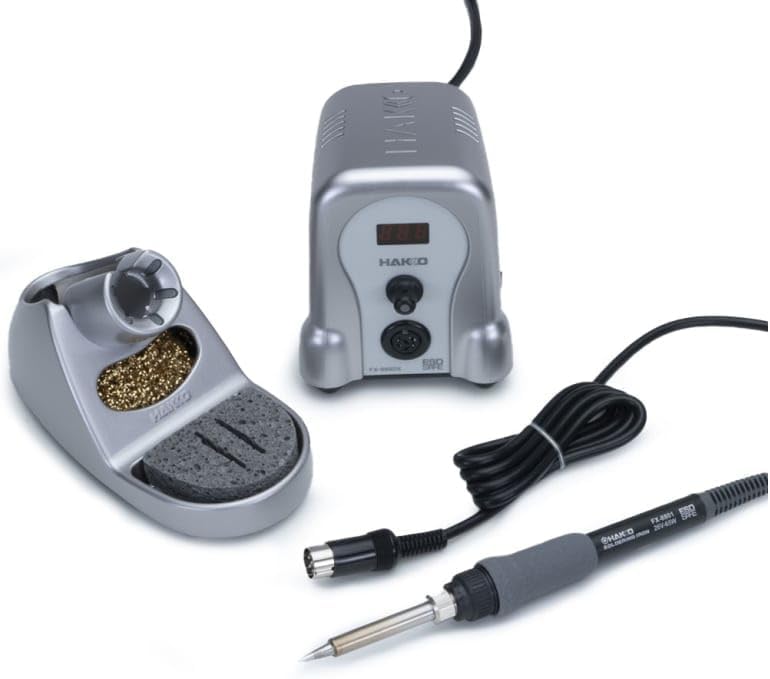
The newer “DX” version has a rotary encoder instead of the 2 buttons found on “D” version, which is a huge enhancement to the user interface, as well as 20W more power. Get the new “DX” version, but if you could get the older “D” one for a cheaper price then it is good as well.
936 clones (20-40$): these are the absolute budget types and really can get things done, also compatible with Hakko tips which means you can get tips cheaply.
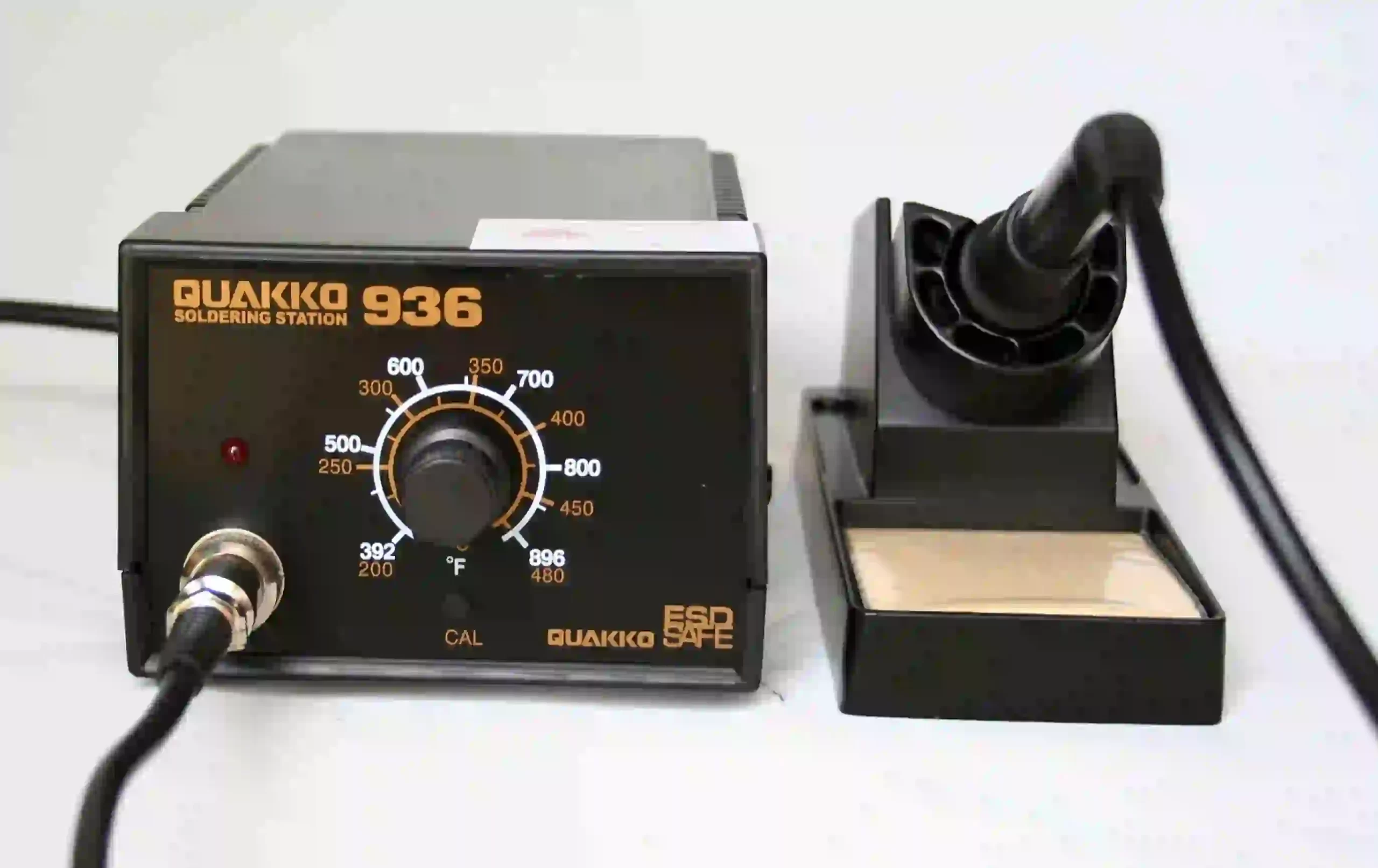
Any soldering station with “936” or similar label (like 937 or 939) on it is gonna be ok for the job. The 936 was originally designed by Hakko then got copied by everyone due to its simplicity and reliability.
Hakko FX-971 (300$): this station is an upgrade from FX-888DX despite having the same power rating. It is due to using the “newer” or “active” type of soldering tips which has the heating element inside the tip itself.
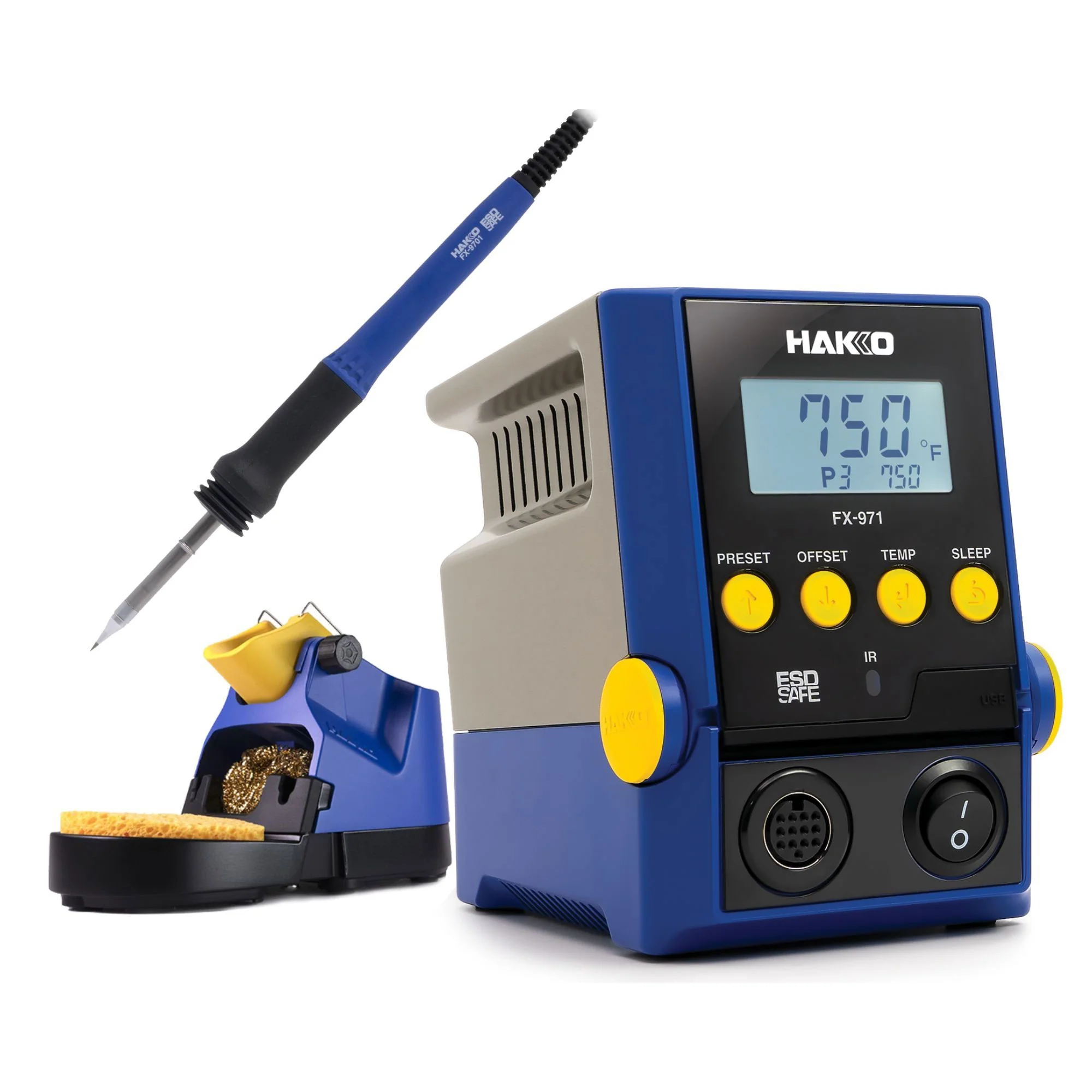
It means that if you want to replace the tip you take the entire cartridge off and replace it with another, while “old” or “regular” type ones has the heating element as part of the hand piece and you just unscrew the old tip and screw in the new tip.
This helps deliver heat more efficiently for sure, but you won’t get away with using cheap tips here like the FX-888DX. For pretty much all what you need, the FX-888DX is more than enough, especially at this price difference.
Which ones to get? the ones above or similar which has a separate station, adjustable temperature, and good quality overall. To sum up, get FX-888DX but if you are on a limited budget then get 936 clone.
Which ones to avoid? the ones which plugs directly to the wall, has no or limited temperature adjustments, USB powered ones (despite some of them are actually good), portable ones, pencil type ones with flashy OLEDs, voice command stuff, internet connected gimmicks, etc…
What about 2-in-1 and 3-in-1 combination units? all above criteria still applies, but for me I do not like the concept too much especially for hobbyists and makers. These take a lot of space and won’t be practical as dedicated ones.
Hot tweezers
This is basically a one function only tool which is not recommended by default to anyone. However, here are my recommendations:
Hakko FX-8804-02 (190$): this is the Hakko one which is compatible with FX-888DX station mentioned above since this one is a hand piece similar to the soldering iron. If you get this one, just hook it to the FX-888DX station.
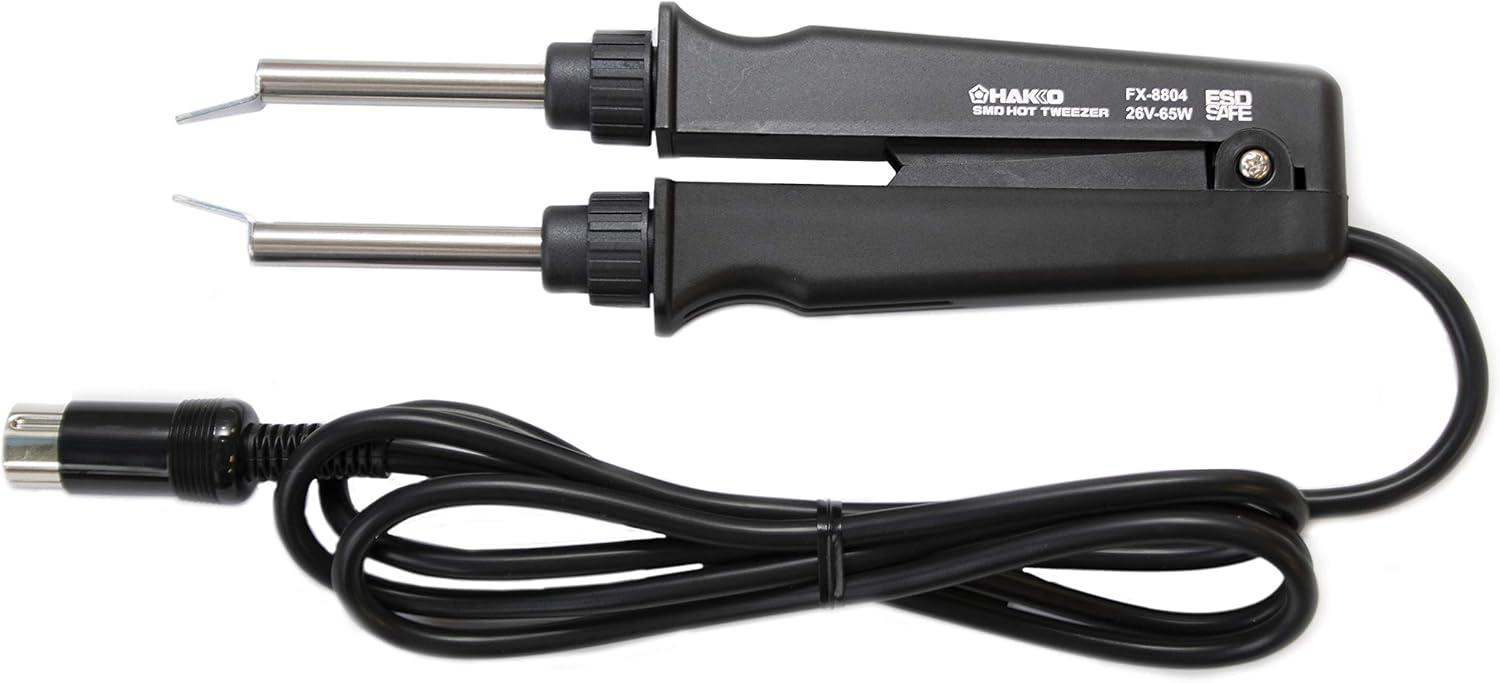
It is very pricey and I do not recommend it to anyone for this reason, but if you like Hakko and want to do some long term investment, then you can’t go wrong with this one. Make sure you check the tips as well.
Yihua 938D (60$): this is the budget option from Yihua, I did not try it myself but I have the mini soldering station version and I like it. This should be good enough for our needs here.
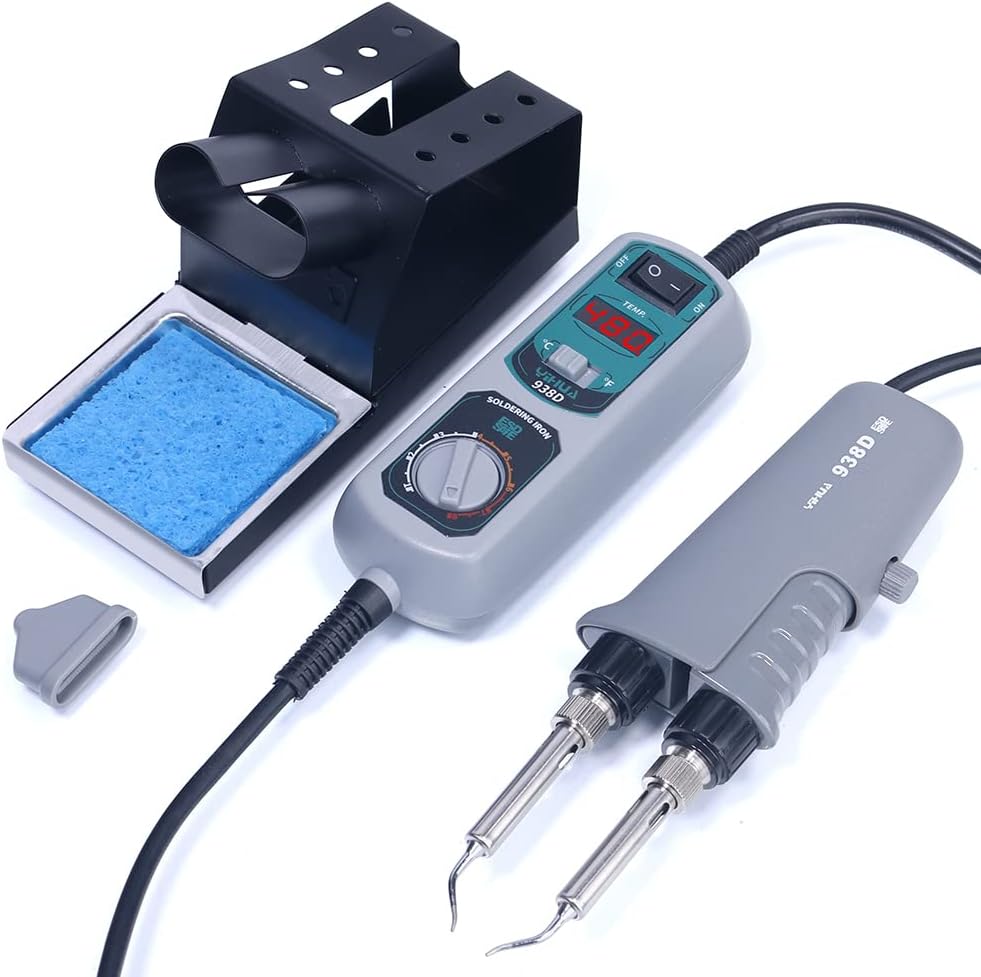
In my opinion, get the hot air station instead of this one since hot air station has multiple uses which you can benefit from unlike this one.
Soldering items
Namely: solder, flux, and solder wick.
For solder, get the one with flux inside and leaded, do not get lead-free one as it is harder to use. Typically, a 60/40 solder is good for the job, just make sure it is a thin one like 0.3mm. Good brands like Kester and MG Chemicals.
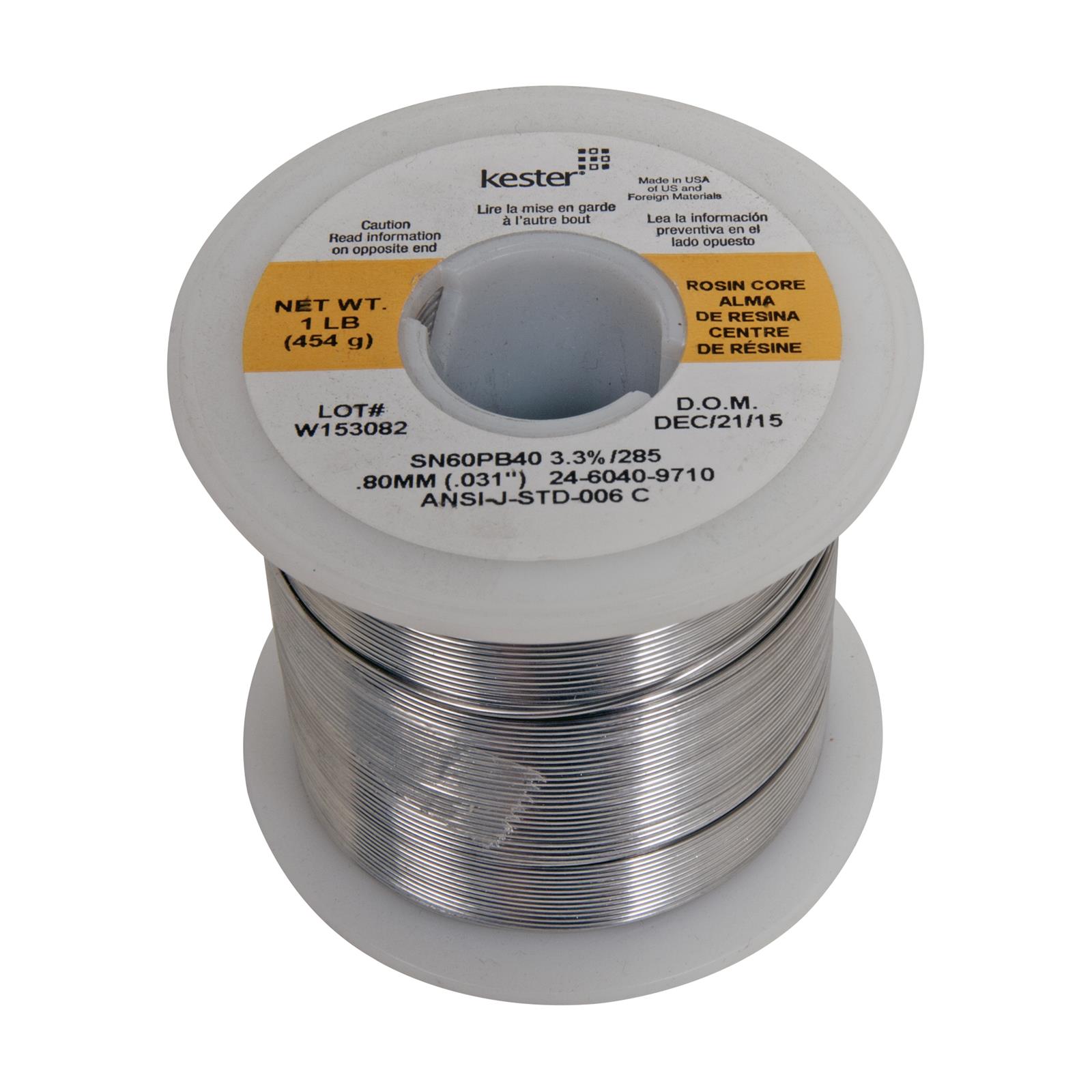
For flux, I usually use “no-clean” flux which does not need to be cleaner and comes in a liquid form.
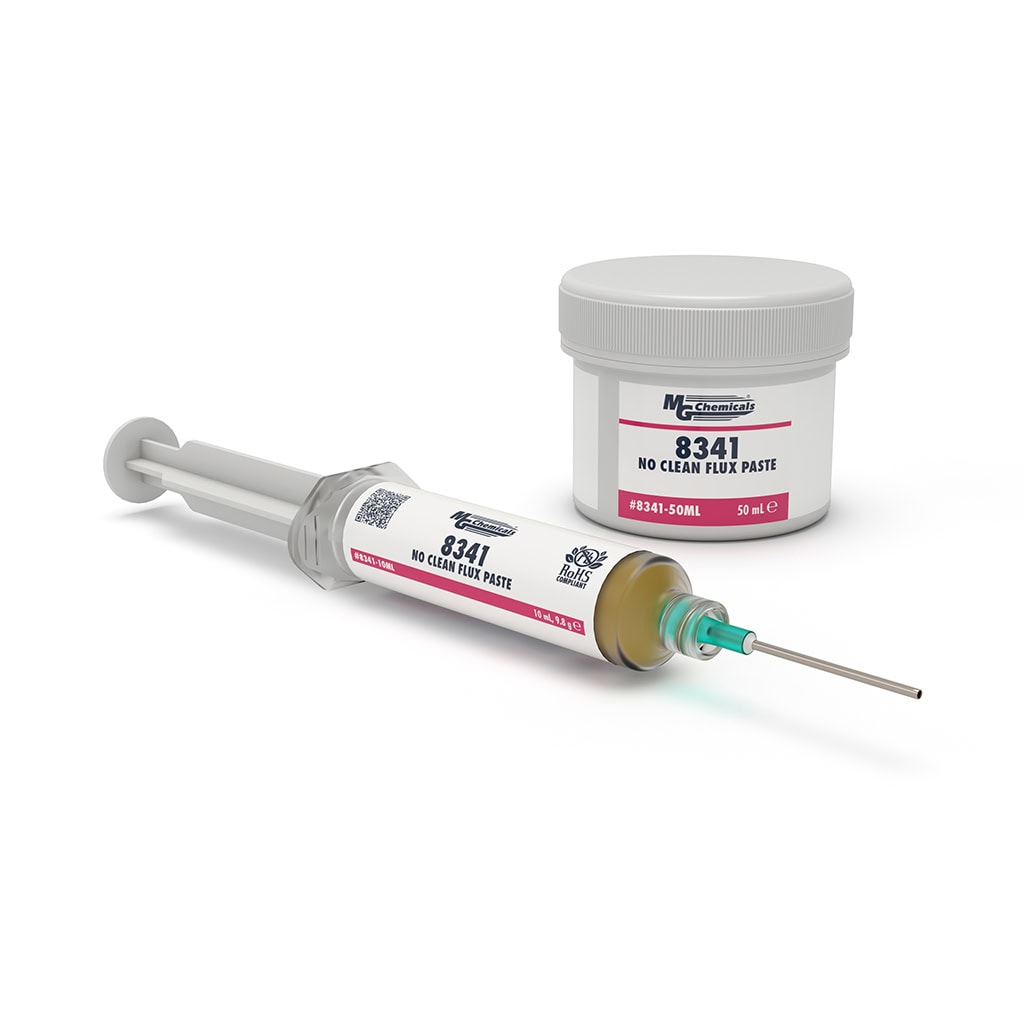
Another form of flux comes as a pen where you touch the board with it to use it.
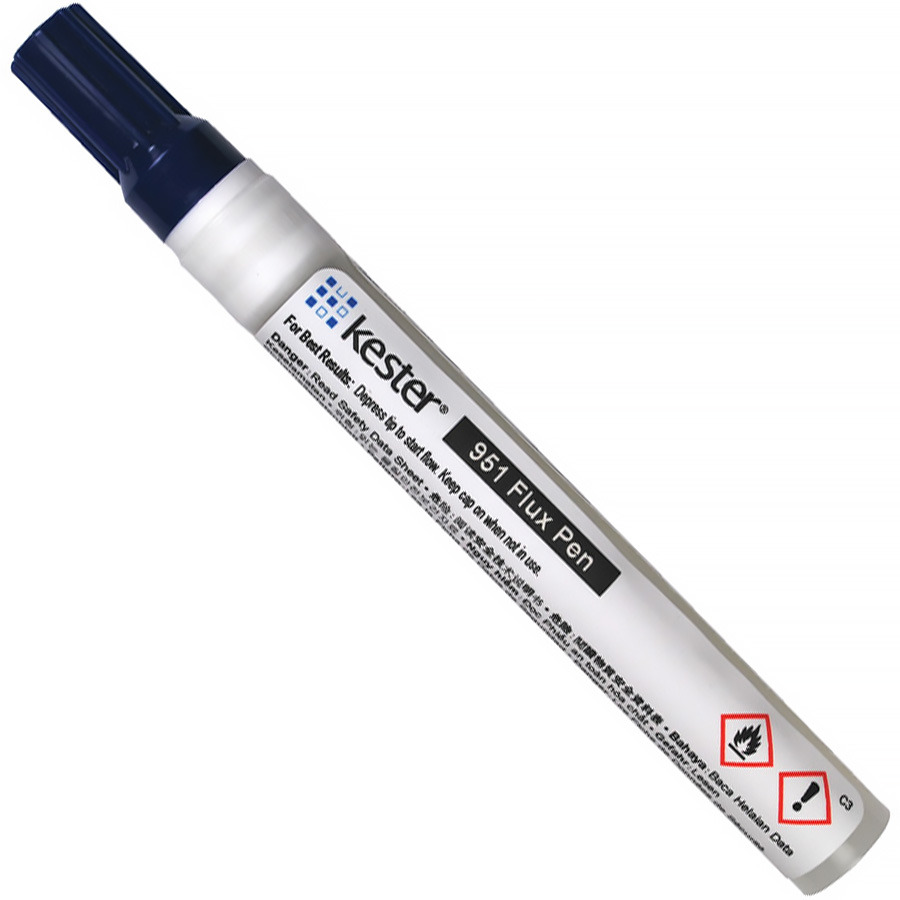
Solder wick (also called solder braid) is also essential in cleaning up the pads and joints. Chemtronics seems to be the top brand for this, just do not get Chinese no-name-brand ones. For using wick, use it with flux and large tip.
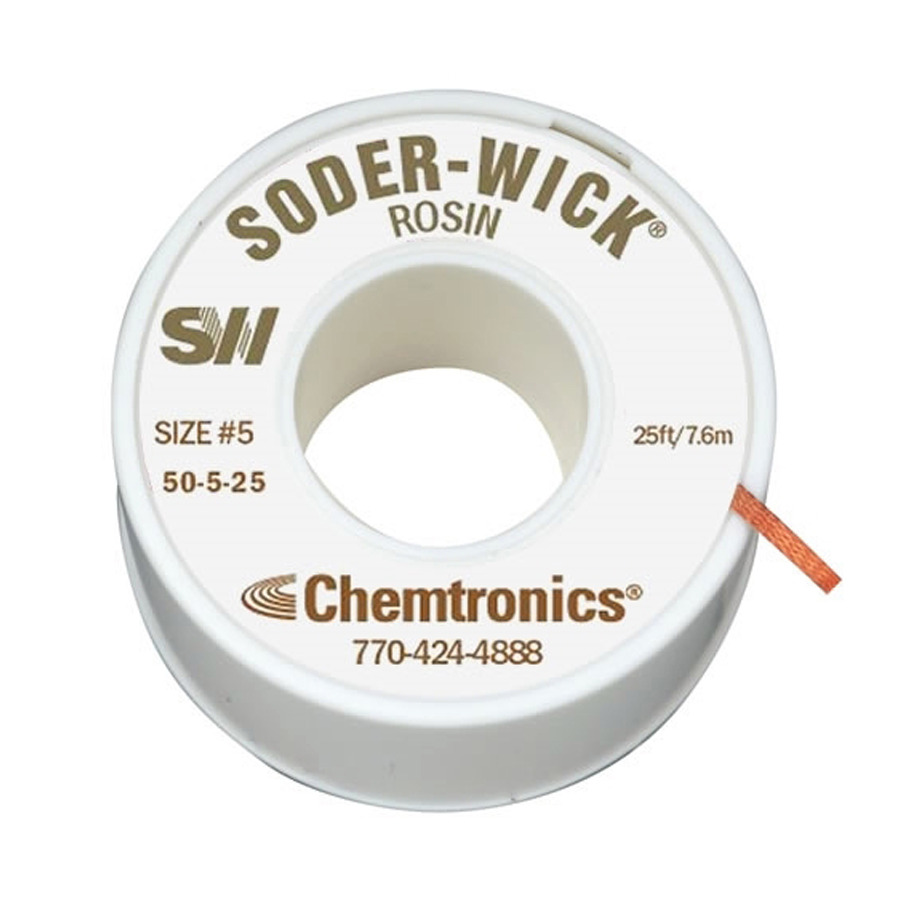
Other items
Stuff like 99% Alcohol, Q-tips, side cutters, pliers, brush, Kapton tape, tweezers, etc… These can be anything available.
Desoldering methods
To the action! below are the desoldering methods which you will follow to desolder the caps using the tools mentioned above. Each method with a link to the video so you can refer to it fast and easy.
1- Swinging or rocking: Generally non destructive but takes a lot of time. Uses only the soldering iron which makes it available to everyone.
2- Twisting: the most destructive method but also can be done safely. Requires pliers to hold the capacitor and twist it gently in both directions until it gets out. Generally, not recommended as it can cause permanent damage to the pads.
3- Snipping: this is way less destructive than twisting but can cause damage. Requires a side cutter where you use it to cut the capacitor then remove its residuals from the board. This is recommended over twisting.
4- Hot air: well, here we are using the hot air station to properly take out the caps. This is the most recommended method to use, which is why you will invest in the hot air station. Use Kapton tape to protect other parts from heat while you desolder the cap.
5- Hot tweezers: this is also non-destructive in general but requires the highly specialized tool which I said above it is not really necessary to get. I recommend hot air instead but if you have hot tweezers then it is a really nice way to desolder.
All above were for SMD desoldering and rework, what about through hole capacitors?
Well, for those you can use the desoldering gun mentioned above like this.
For all desoldering work it is recommended to pair it with solder wick and especially with flux, as flux can make solder flow easily.
Closure
I am really happy you reached the end of this article. I hope this massive tutorial gets linked wherever is needed so that people get better at recapping. Your contributions are welcome.

